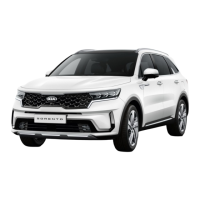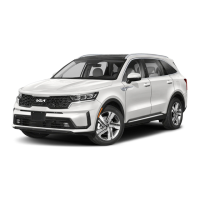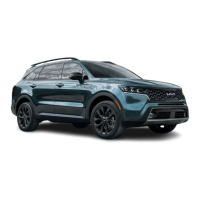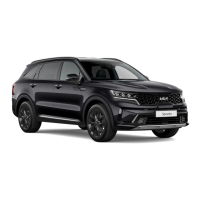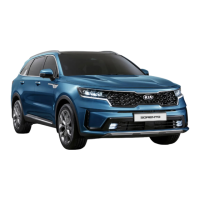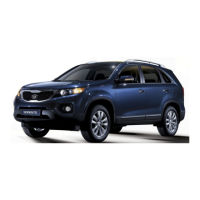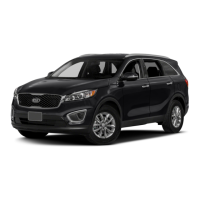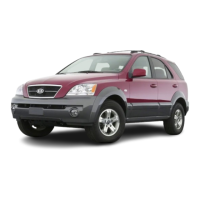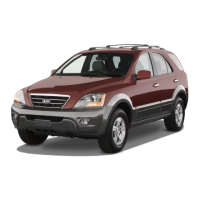Maintenance
408
Tires and wheels
All season tires
Kia specifies all season tires on some
models to provide good performance for
use all year round, including snowy and
icy road conditions.
All season tires are identified by ALL
SEASON and/or M+S (Mud and Snow)
on the tire sidewall. Snow tires have bet
-
ter snow traction than all season tires
and may be more appropriate in some
areas.
Summer tires
Kia specifies summer tires on some
models to provide superior performance
on dry roads.
Summer tire performance is substan
-
tially reduced in snow and ice. Summer
tires do not have the tire traction rating
M+S (Mud and Snow) on the tire side
wall. if you plan to operate your vehicle
in snowy or icy conditions, Kia recom
-
mends the use of snow tires or all sea
-
son tires on all four wheels.
Snow tires
If you equip your vehicle with snow tires,
they should be the same size and have
the same load capacity as the original
tires.
Snow tires should be installed on all four
wheels; otherwise, poor handling may
result.
Snow tires should carry 4 psi (28 kPa)
more air pressure than the pressure rec
-
ommended for the standard tires on the
tire label on the driver's side of the cen
-
ter pillar, or up to the maximum pressure
shown on the tire sidewall, whichever is
less.
Do not drive faster than 120 km/h (75
mph) when your vehicle is equipped
with snow tires.
Do not use summer tires at tempera
-
tures below 45 °F (7 °C) or when driving
on snow or ice. At temperatures below
45 °F (7 °C), summer tires can lose elas
-
ticity, and therefore traction and braking
power as well. Change the tires on your
vehicle to winter or all-weather tires of
the same size as the standard tires of
the vehicle. Both types of tires are identi
-
fied by the M+S (Mud and Snow) mark
-
ing. Using summer tires at very cold
temperatures could cause cracks to
form, thereby damaging the tires per
-
manently.

